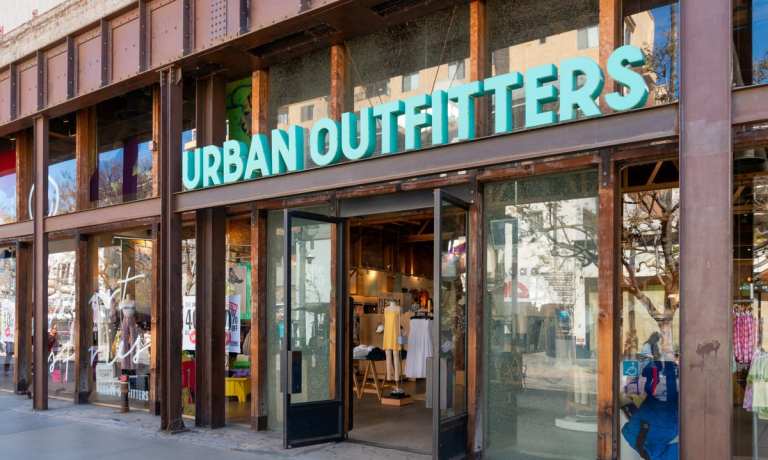
When Urban Outfitters announced a new partnership with direct-to-consumer health and wellness brand Hims & Hers, one way to look at it was simply an effort to get more diverse product offerings on the lifestyle retailer’s shelves.
But in retail, nothing is that simple, and another way to see the partnership, unveiled Wednesday (June 30) is the continued expansion of contextual commerce.
“There is an audience synergy with Urban Outfitters that we found quite special and important to try and act on,” Melissa Baird, chief operating officer of Hims & Hers, told PYMNTS.
Contextual commerce, or meeting consumers where they already are rather than thinking about buying behaviors in a vacuum, is nothing new. PYMNTS’ Karen Webster has been making the case for contextual commerce since 2016, and predicted two years later that just as VCRs and DVRs revolutionized how people watch television, contextual commerce and “place shifting” would change how people shop.
PYMNTS research at the time found that 58 percent of consumers had engaged in contextual commerce, with 69 percent reporting a positive experience and 84 percent saying they’d do it again.
“Companies understand that having a meaningful and long-standing relationship with consumers means running their business on ‘consumer time,’” Webster wrote. “Today that means being anywhere on the web the consumer might be when they’re looking to buy something a brand has to sell.”
Expanded Horizons
What’s changed since 2018, though, is that contextual commerce has expanded beyond social media platforms, accelerated by a global pandemic that upended the way people worked, shopped, learned and consumed entertainment.
In this context, the impetus behind Urban Outfitters’ partnership with Hims & Hers is clear: The Philadelphia-based retailer gets to expand its selection of health and wellness products and the direct-to-consumer brand gets in front of a desirable group of consumers — Urban Outfitters targets young adults between 18 and 28 years old.
Jenna Tracey, executive director of merchandising for Urban Outfitters, said she sees “great synergy” between Urban Outfitters customers and digitally native consumers who are interested in the personalized offerings of Hims & Hers.
Products included in the partnership will include solutions for skin care, hair loss, sexual health and wellness, supplements, and other personal care items such as the Blur Stick Concealer for Men, Urban Outfitters’ first foray into men’s makeup.
Following the announcement of the partnership, Urban Outfitters stock rose nearly 4 percent before falling slightly, ending Wednesday up 3.5 percent. Hims & Hers also has a partnership with Target in-store and online, as well as one with DoorDash.
The partnership with Urban Outfitters is the latest in a string of high-profile announcements from Hims & Hers. In early June, Miley Cyrus was appointed as the company’s creative adviser — another step toward meeting consumers where their attention is already focused. And days later, the brand acquired London-based health program Honest Health, giving the company a presence in the U.K.
The Social Aspect
As contextual commerce evolves, however, it is in no way leaving social media. In fact, if anything, it’s getting hotter.
On Monday, Instagram began testing its in-app Checkout feature in the U.K., a year after the feature launched in the U.S.; and earlier this month, Pinterest expanded its shopping list tool to Australia, Canada, France and Germany, giving users in those countries the ability to shop directly from pins and boards.
According to PYMNTS’ How Consumers Live In The Connected Economy research, 44 percent of consumers who are highly connected in social engagement are also highly connected in shopping. Additionally, 61 percent of consumers who are highly connected in social engagement are millennials — with an average age of 34 — and they use an average of six payment methods.
With the economy in flux right now, it’s hard to predict exactly what comes next and where retailers will end up. But one thing is for sure: The easier brands make it to shop, the more money they’ll make.